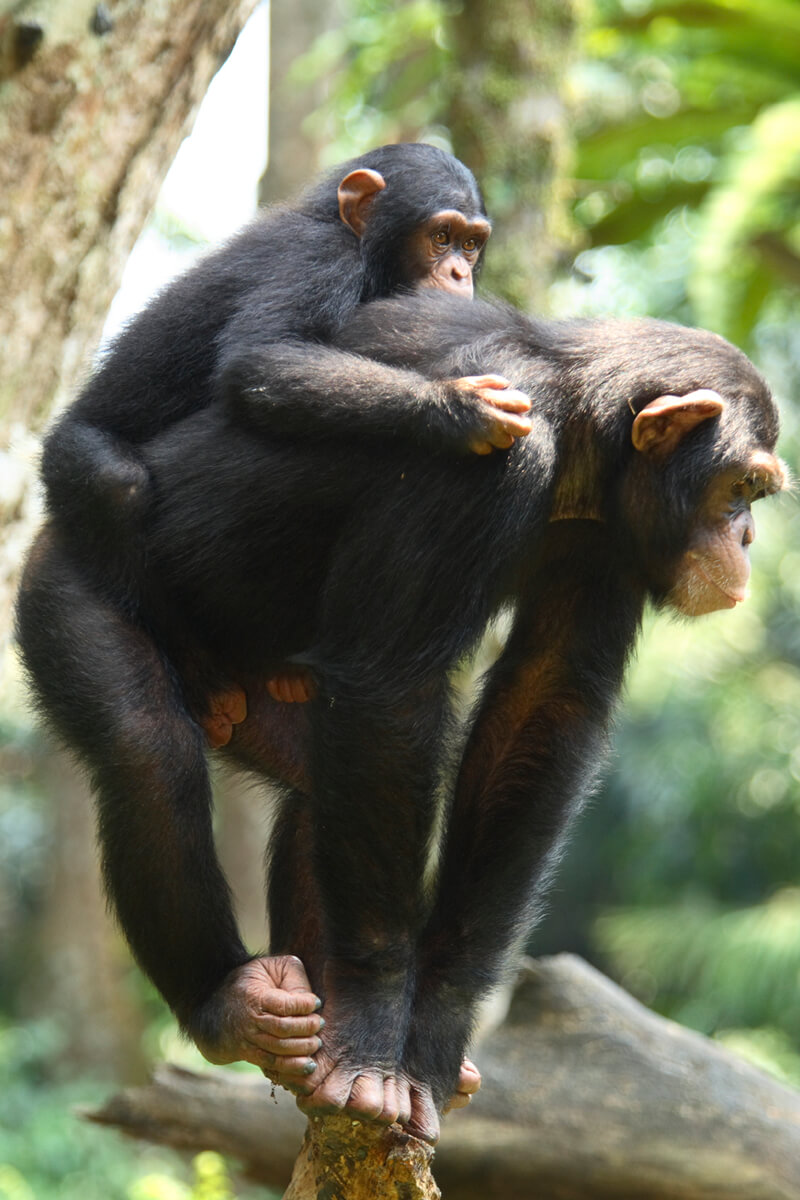


"Males could be killed in inter-community conflicts, or through disease, or potentially through human encroachment, but we do not know which of these factors, if any, is the most plausible," Townsend said.īoston University biological anthropologist Martin Muller, who did not participate in this study, said that "it does seem likely that as humans further encroach on chimpanzee populations we can expect to see more of this kind of aggression, as competition for resources increases among the chimpanzees." The most likely explanation for the surge of immigrant female chimps the researchers saw was the dissolution of a neighboring community after the death of adult males. Like the Passion and Pom infanticides, two of these killings were perpetrated by coalitions of females deliberately targeting infants, likely because it is difficult for a lone female to overpower a mother and attack her infant. Townsend and his colleagues speculate an unusual influx of females into the Sonso chimp community in the past five years might have precipitated this deadly aggression, as females competed for limited foraging areas.

The researchers suspect the males might have had sex with attacked females in the past, "which explains why they attempted to intervene," Townsend said. In at least one case, adult males tried to prevent infanticide, with one unsuccessfully attempting to pull apart fighting females. These also involved significant bites to the head, indicating these were intentional and not accidental killings, findings detailed in the May 15 issue of the journal Current Biology. The scientists also found strong circumstantial evidence for two other infanticides. After a 10-minute struggle, the infant was taken and killed with a bite. New fieldwork has now revealed three more infanticidal attacks by females in the Sonso chimpanzee community in Budongo Forest in Uganda, hinting such "lethal aggression may not be anomalous behavior," Townsend told LiveScience.Īlerted to the killings by sounds of chimpanzee screams, last year Townsend and his colleagues directly witnessed one infanticide, where a bleeding mother with a one-week-old child in tow was pursued by six females, five of which had clinging infants themselves.


 0 kommentar(er)
0 kommentar(er)
